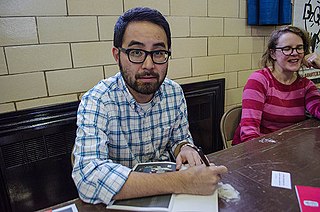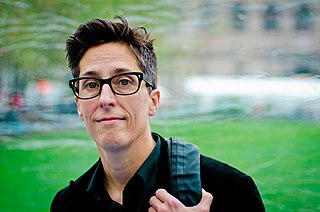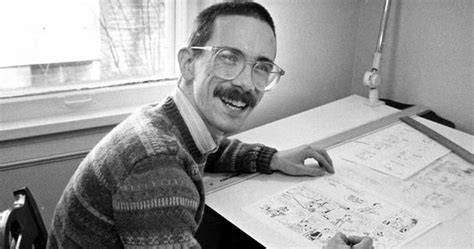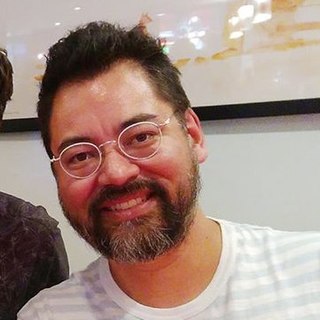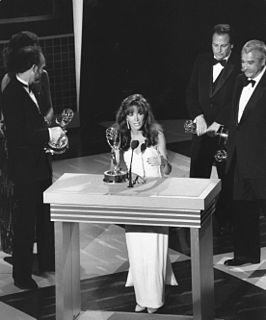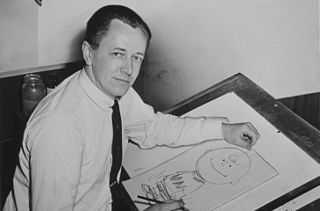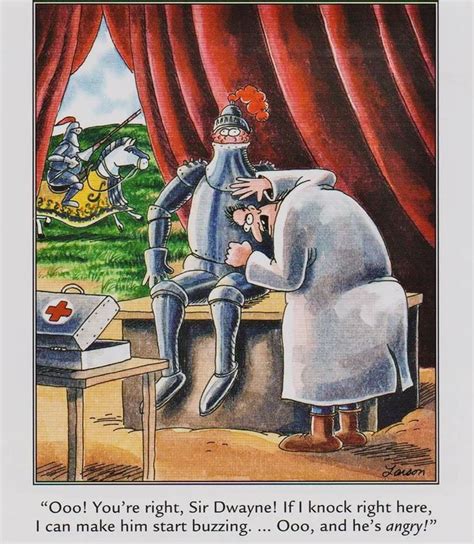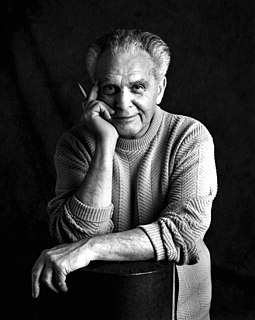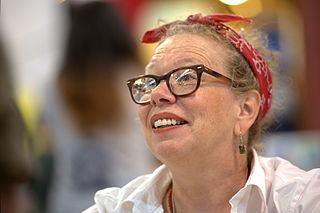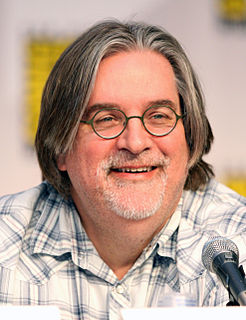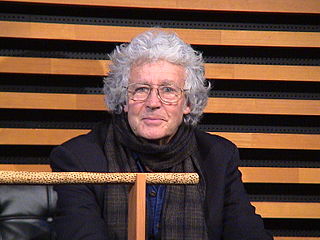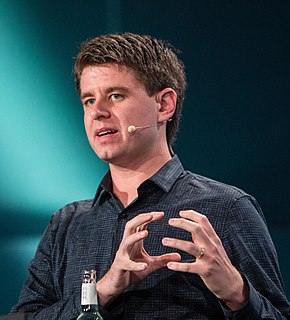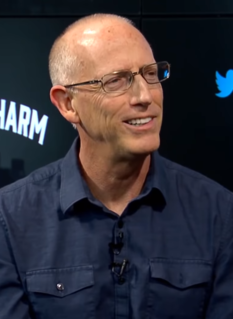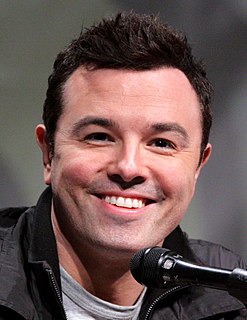Top 128 Quotes & Sayings by Adrian Tomine
Explore popular quotes and sayings by an American cartoonist Adrian Tomine.
Last updated on April 14, 2025.
For a lot of the time I was in Berkeley, I was single. I was living in a kind of collegiate apartment by myself - it was like a protracted summer vacation. So at least in hindsight, I have gloomy emotions attached to Berkeley, whereas I started coming to New York because I was dating someone, and it was very exciting and romantic.
I don't pick up my work at all. If it's something that's still in progress and I have the chance to make some edits on the material or think about the order, little things like that, I'll keep those stories at hand and go through them. But once it exists as the book, it's locked away in a vault, and I kind of put it behind me.
